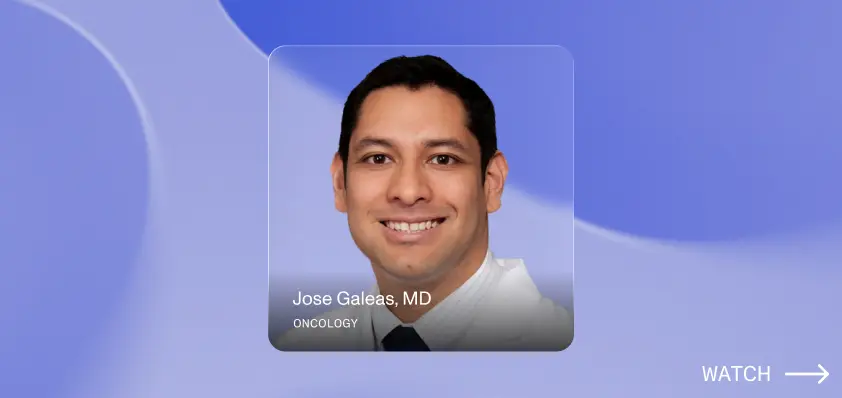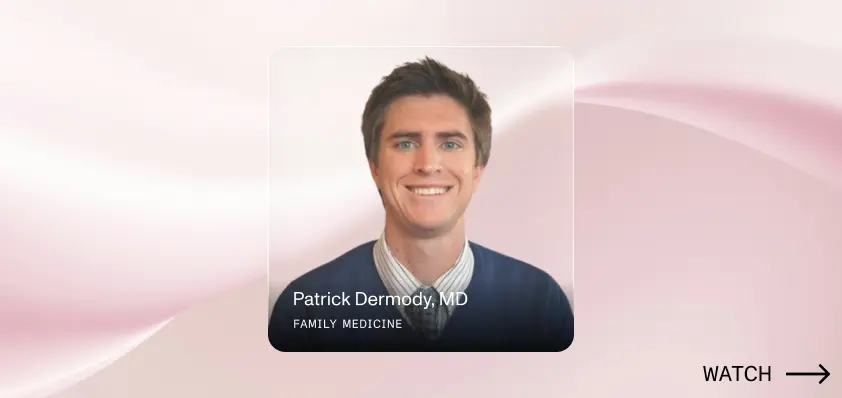Alfredo Torres, MD, on faster notes, better accuracy with ambient AI
Dr. Alfredo Torres shares how ambient AI cut hours from his charting and improved the completeness of his notes.


Dr. Alfredo Torres used to spend one to two extra hours daily on charting. Now, with ambient AI, he’s producing more complete clinical notes in a fraction of the time. What once took up to 10 minutes per note now takes just one to two minutes to review. He rarely needs to make changes, and the notes often include relevant external data like imaging or labs from outside systems. For Dr. Torres, the value goes beyond efficiency—it’s about accuracy and having a more robust clinical record at the point of care. This interview offers a grounded look at how ambient AI can simplify documentation without sacrificing clinical quality.
Transcript:
Alfredo Torres, MD: I would spend an extra hour to two hours of charting every day.
A note that used to take me anywhere from seven to 10 minutes will take me a minute to two max to go over and read it. And now the reading part is just to make sure that I'm satisfied with all the information that it has there.
I will say that 90 to 95% of the time I'm not making any adjustments or adding anything to it.
It has now the capability of reading other documents that are not only my old chart.
So that will include like imaging, for example, labs from outside, which are going to be included in the note as well. And I think that we're close to getting a very robust program that can help us a lot.
text
Related Stories
Realize the full potential of Healthcare AI with DeepScribe
Explore how DeepScribe’s customizable ambient AI platform can help you save time, improve patient care, and maximize revenue.




